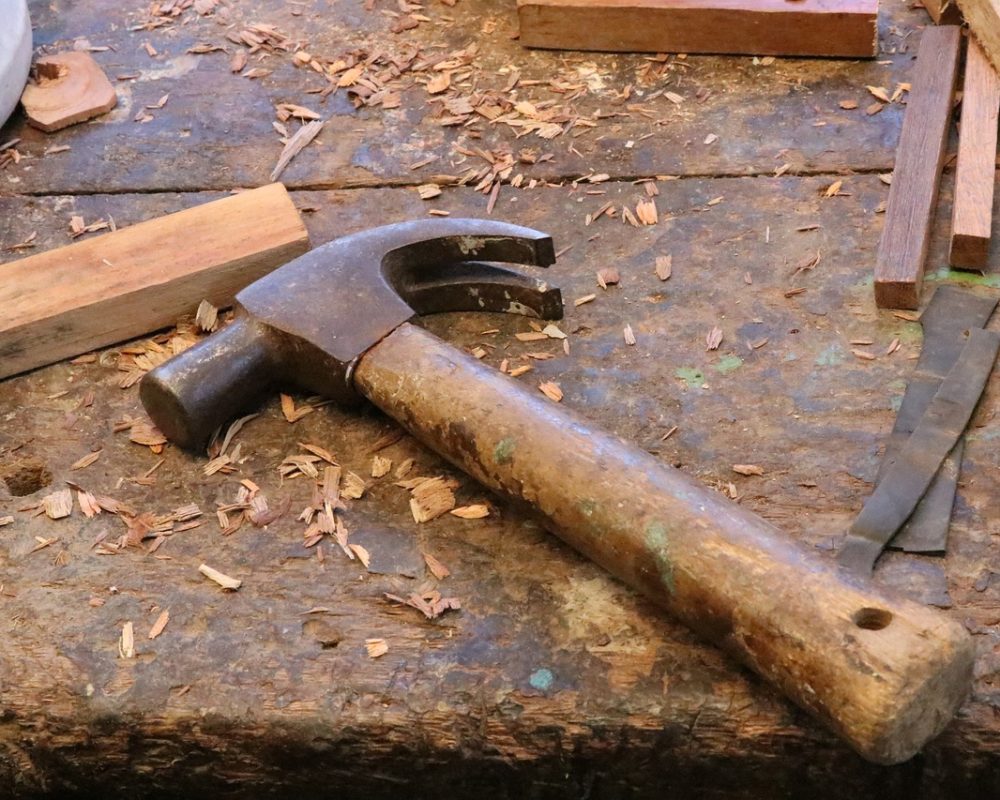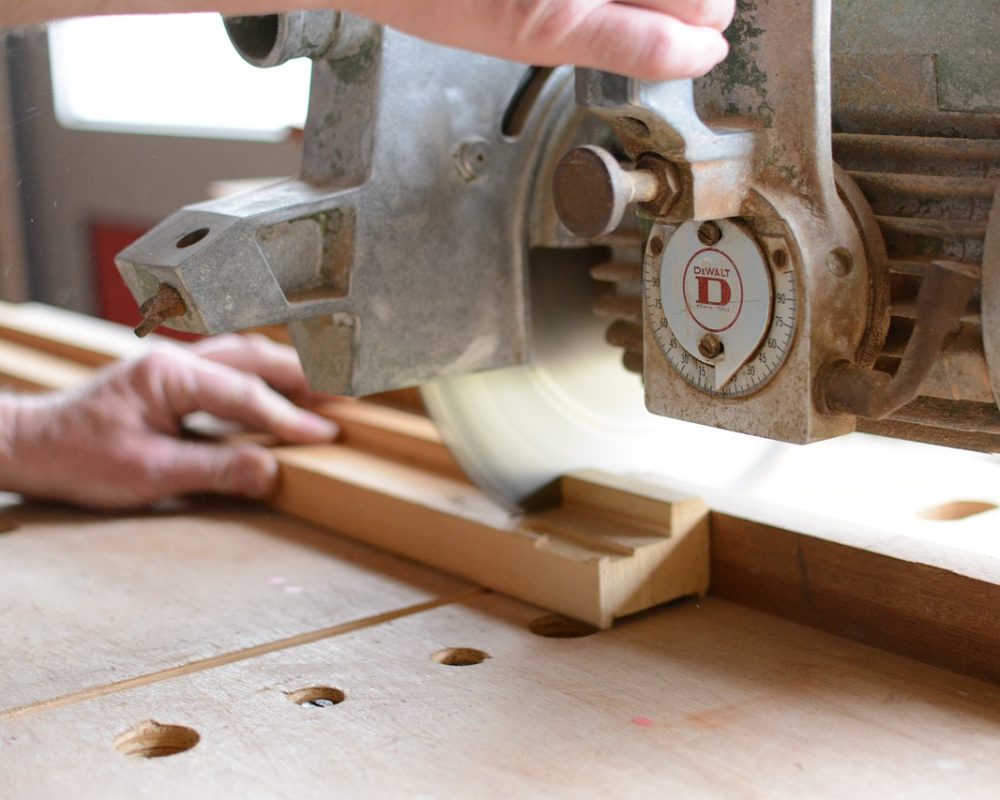Interior wall paneling is a timeless addition to any home, offering both aesthetic charm and functional benefits. Beyond mere decoration, it serves as an expression of craftsmanship that can elevate a space, bringing warmth, texture, and elegance.
Custom furniture configuration includes making furniture that is extraordinary to a particular space or individual, frequently customized to meet specific stylish or practical requirements. Not at all like efficiently manufactured pieces, custom furniture is created by gifted craftsmans or particular organizations that work intimately with clients to plan and construct pieces that are stand-out.

Wall framing dates back hundreds of years, first appearing in Europe during the Middle Ages. At first, framing served as protection in stone palaces and homes, covering chilly, soggy walls with wood to establish a warmer and more welcoming climate. After some time, the usefulness converged with the feel, and elaborate plans started to effortlessly frame the walls of well-off homes.
The Renaissance time frame saw the ascent of exceptionally enriching wall framing, with specialists utilizing their abilities to cut mind boggling plans into wooden boards. This period denoted the change of framing from simply down to earth to an image of extravagance and status. Today, inside wall framing keeps on holding an exceptional spot in plan, appreciated for its flexibility and immortal allure.

A craftsman who works in inside wall framing is a craftsman by his own doing. These experts have an extraordinary mix of specialized expertise and innovativeness, as they work with natural substances to change walls into masterpieces. Be that as it may, something other than carpentry, a gifted woodworker should have an eye for plan, a comprehension of materials, and the capacity to settle complex establishment challenges.

The selection of materials is significant in any framing project. While conventional wood stays the most widely recognized material, present day craftsmen might work with a scope of different choices, including MDF (medium-thickness fiberboard), PVC, and recovered wood.
A gifted craftsman should guarantee that the boards adjust impeccably and that the trim work is fresh. The test with covering lies in the subtleties – mitered corners, smooth edges, and consistent changes among framing and existing engineering components like baseboards and windowsills.
Shiplap has flooded in notoriety because of the ascent of present day farmhouse plan. It includes long, even boards of wood that cross-over marginally, making an unobtrusive shadow line between each board. This kind of framing is frequently used to make an easygoing, rural look, however it can likewise be painted and refined for a more contemporary tasteful.
Beadboard is one more famous decision for wall framing, especially in cabin and seaside style homes. It comprises of restricted, vertical boards of wood with an edge or “dab” between each board. Beadboard is much of the time introduced on the lower half of walls, like covering, or used to cover the whole wall.
